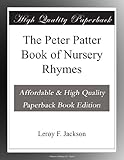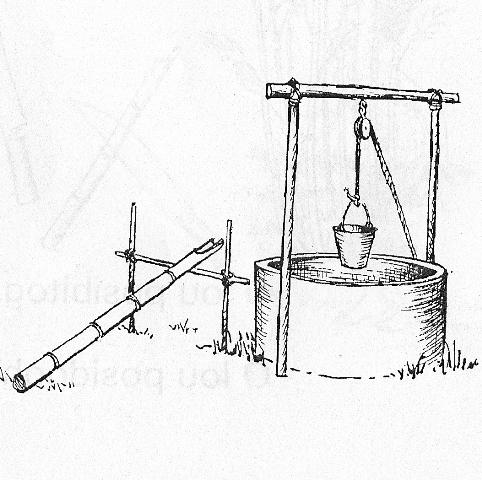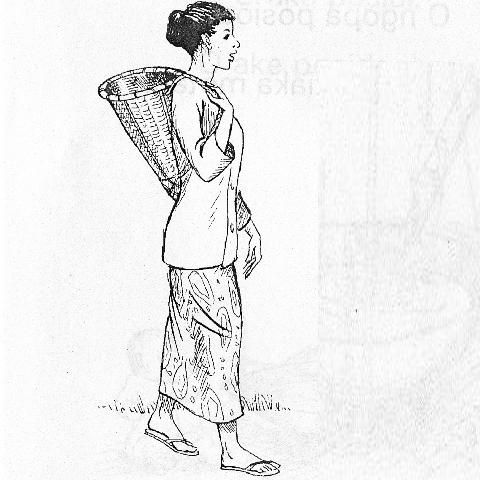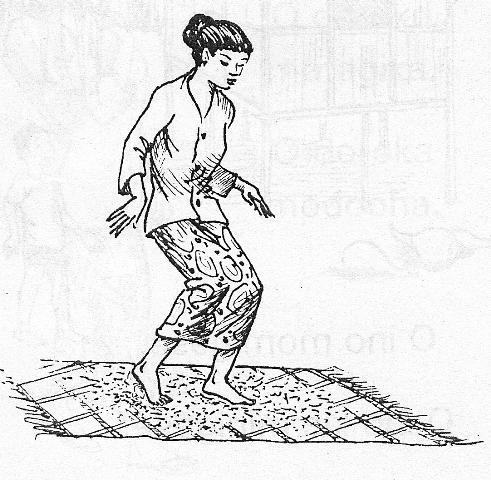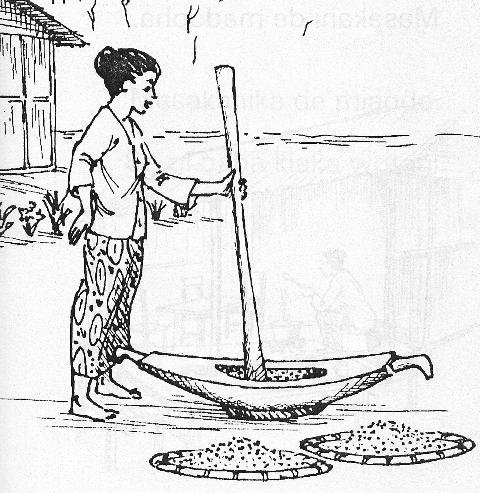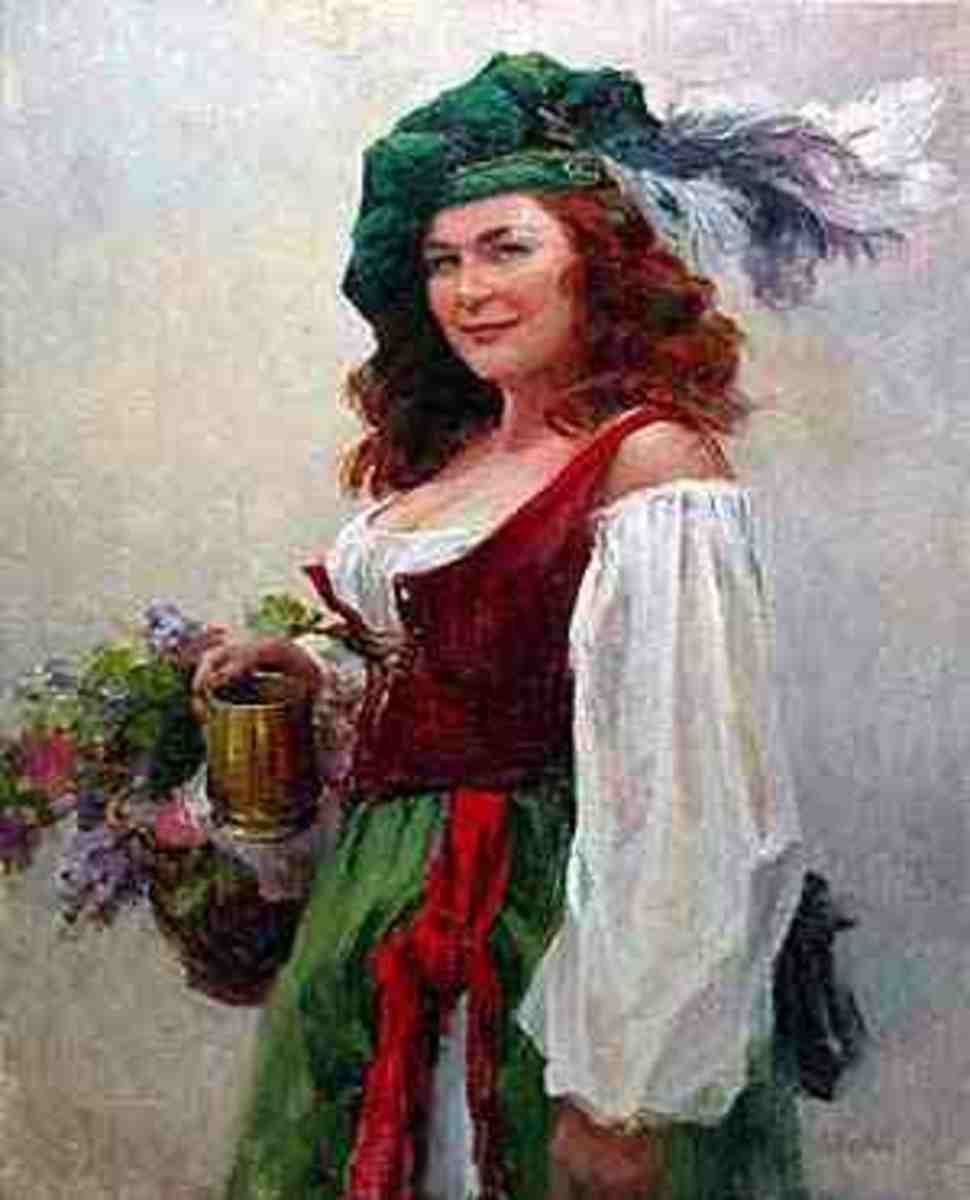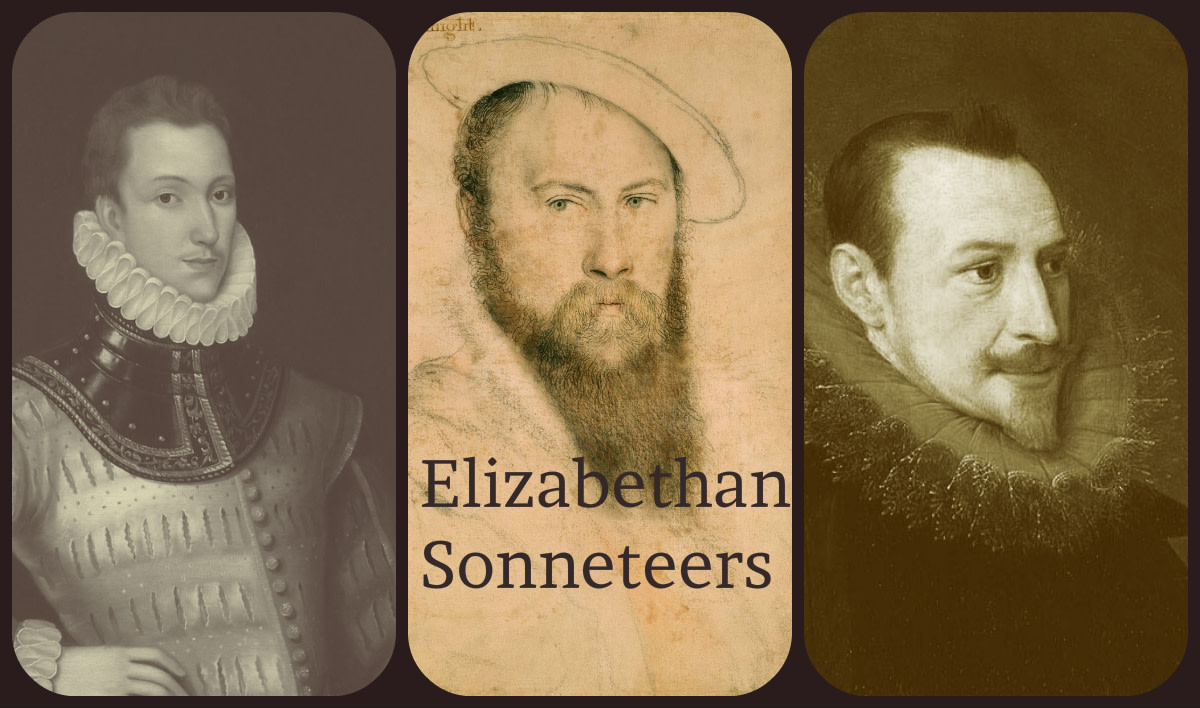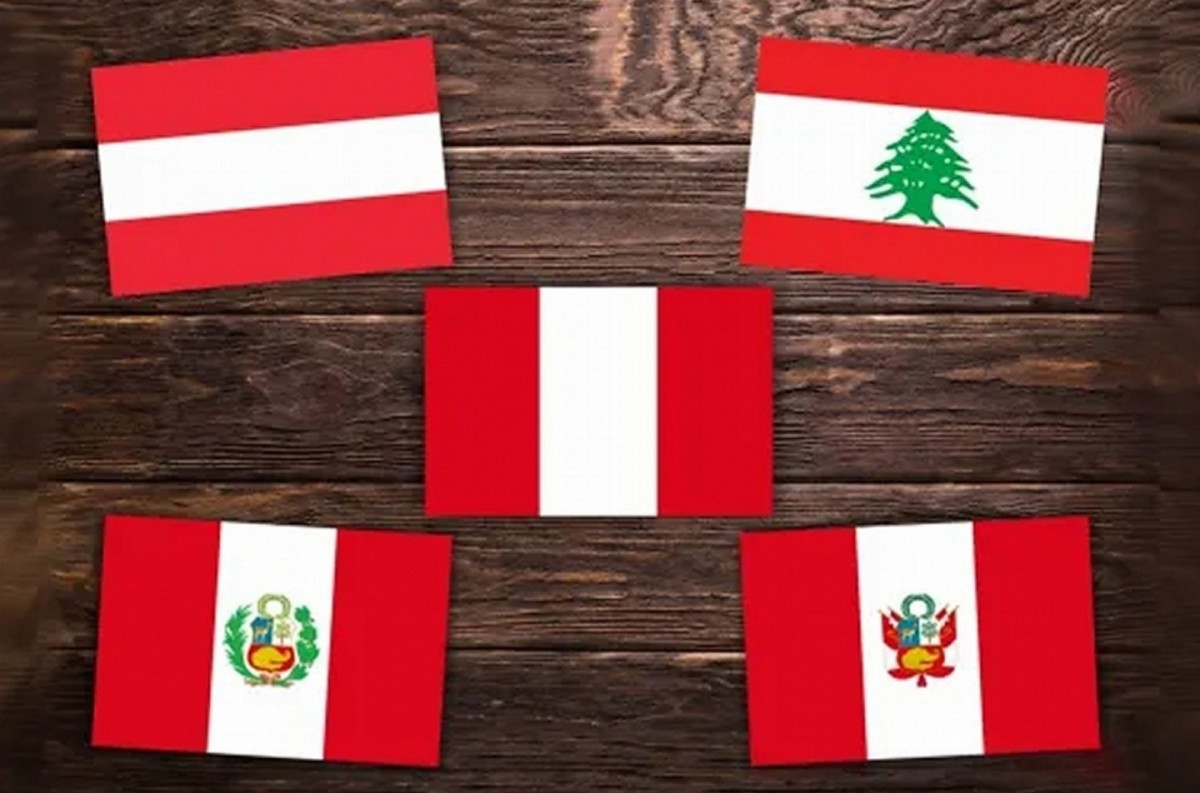Indonesian Nursery Rhyme: A Child and the Moon
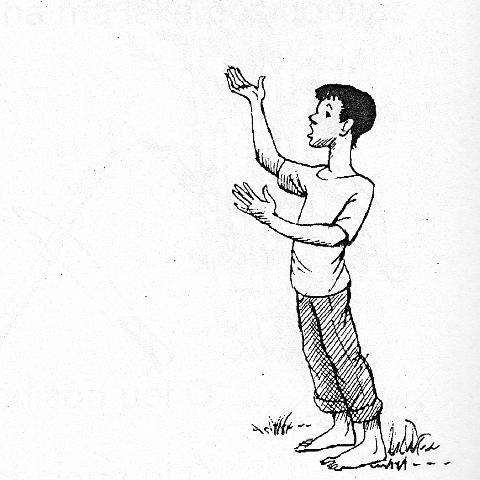
Geographic and Typological Background
Parents worldwide sing or recite nursery rhymes and other traditional verse to their toddlers, although the age span may range from infancy into the early school years. This one originated on a remote island and culture in Indonesia (see map below), far removed from the birthplace of most traditional nursery rhymes.
This piece does not actually rhyme—even in the original language—but I can find no better label for it than nursery rhyme. It has semantic chaining, similar to a cumulative tale, but it does not actually accumulate. In common with the nursery rhyme genre, it has rhythm and a sing-song cadence or lilt that is not heard in everyday speech. In fact, it most resembles a Moluccan antiphonal music style where traditionally a man and woman call back and forth romantically.
In the first line, the moon takes on anthropomorphic characteristics when the child asks it to come down and play. From that point, the moon controls the exchanges, first asking about what the two of them will do, then inquiring about his mother and finally about his father. In actual practice, the song continues beyond this and may actually be endless. It has been many years since I transcribed this, but I believe I may have encouraged them to add the last line as a way to provide an ending when we reduced it to written form in a book for children.






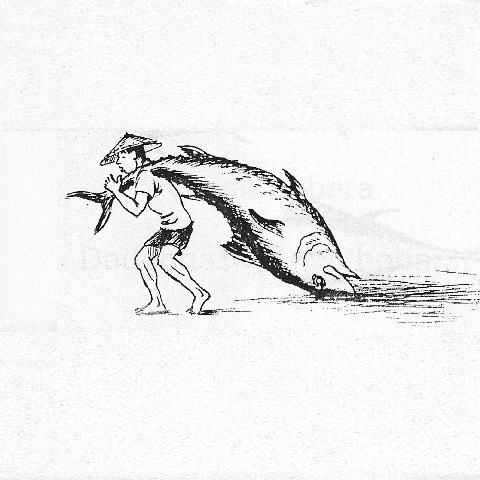
A Child and the Moon
Moon, come down and play.
With what will we play?
We’ll play with a knife.
What will we do with the knife?
We’ll cut bamboo.
What will we do with the bamboo?
We’ll
use it to carry water.
Why will we carry water?
We’ll bathe a child with the water.
So, your mother, where did she go?
She
went to the garden.
What is she doing in the garden?
She’s getting food.
What kind of food is she getting?
She’s
threshing rice.
After it’s threshed, what will she do?
After threshing it, she’ll sun-dry it.
After it’s sun-dried, what will she do?
After it’s
sun-dried, she’ll hull it.
After it’s hulled, what will she do?
After it’s hulled, she’ll cook it.
After it’s cooked, what will she do?
After it’s cooked, we’ll eat it.
So, your father, where did he go?
My father went fishing.
Who did he go fishing with?
He went
fishing by himself.
What kind of fish is he fishing for?
He’s fishing for tuna fish.
Why is he fishing for tuna fish?
Tuna fish is what I like.
Why do you like it?
Because it’s big and fat!
The Origin of the Nursery Rhyme "A Child and the Moon"
Less than 100,000 people comprise the Galela ehthnolinguistic community in which this nursery rhyme originated.

